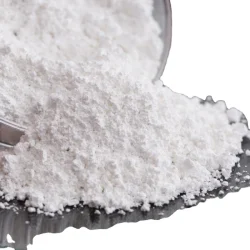The Art and Science of Paint Pigments: A Journey Through Color
2024-08-12
Introduction
Paint pigments have been the cornerstone of artistic expression for centuries, transforming blank canvases into vibrant masterpieces. From the deep blues of ancient frescoes to the radiant hues in modern art, pigments tell stories of culture, innovation, and creativity. But what exactly are these magical powders, and how have they shaped the world of art?
What Are Paint Pigments?
At their core, pigments are finely ground powders that impart color to paint. They are the substance responsible for the vibrant hues we see in a finished artwork. However, not all pigments are created equal. They can be categorized into two main types: natural and synthetic.
- Natural Pigments: These have been used since prehistoric times and are derived from minerals, plants, and even animals. For example, ochre, a clay earth pigment, has been used for thousands of years, while indigo comes from the leaves of the indigo plant.
- Synthetic Pigments: With advancements in chemistry, synthetic pigments were developed to create a broader spectrum of colors and more consistent quality. These are often more vibrant and durable than their natural counterparts.
The Role of Pigments in Art History
Throughout history, the discovery and use of pigments have marked significant periods in art. The ancient Egyptians were known for their use of malachite and azurite to create green and blue pigments, while the Renaissance period saw the introduction of ultramarine, derived from the semi-precious stone lapis lazuli. This pigment was so precious that it was often reserved for the most important figures in paintings, such as the Virgin Mary.
Modern Innovations
Today, the art world continues to innovate with pigments. New synthetic pigments are constantly being developed, offering artists an ever-expanding palette. Some modern pigments are even designed to react to light or temperature, adding an interactive element to art.
Conclusion
Paint pigments are more than just color; they are a bridge between science and art. Understanding the history and chemistry of pigments can deepen our appreciation for the artworks they bring to life. Whether you're an artist, a history enthusiast, or simply someone who loves color, the world of pigments is a fascinating journey worth exploring.



